Indian Army Lieutenant Pay Scale: Salary and Allowances
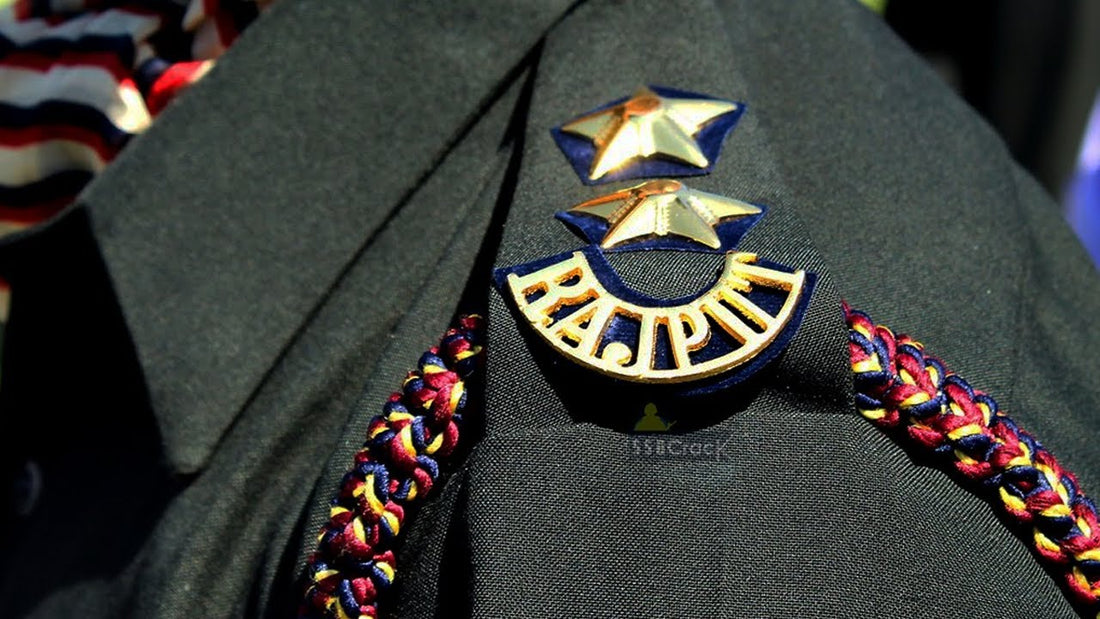
The Indian Army is one of the most esteemed institutions in the country, representing valor, discipline, and a commitment to the nation's service. Within this vast organization, the role of a Lieutenant is critical, serving as a foundation for future leaders. As of the 7th Pay Commission, the pay scale and allowances designated for Lieutenants reflect not only the importance of their roles but also the government’s commitment to ensuring their financial well-being. Understanding the intricacies of the pay scale, salary, and allowances for Lieutenants in the Indian Army helps capture the essence of military service, encompassing both its responsibilities and rewards.
Historical Context of Military Compensation in India
Over the years, the remuneration structure for military personnel in India has undergone significant transformations, adapting to changing socio-economic conditions, inflation, and the need to attract capable individuals to serve. The Indian military has historically provided competitive compensation to acknowledge the challenging nature of military service, ensure personnel security, and maintain morale. The introduction of the 7th Pay Commission in 2016 was a pivotal moment, aligning military pay with contemporary needs and giving rise to structured pay scales across different ranks, including that of a Lieutenant.
In the modern era, the pay structure and allowances serve not just to compensate for service but also to recognize the sacrifices made by armed forces personnel. The role of a Lieutenant is fundamental, marking the beginning of an officer's career in the Indian Army, and the financial rewards associated reflect the increasing value placed on military service.
SSB Interview Books Power Pack: 4 Must Read Books for Defence Aspirants
Rs. 1,760.00
Sale price
Rs. 1,399.00
Let's Crack SSB Interview Book [Paperback]
Rs. 390.00
Sale price
Rs. 360.00
Breaking The Code of SSB Psychological Tests Book - SSB Interview (TAT/WAT/SRT/SD)
Rs. 390.00
Sale price
Rs. 360.00
OIR Test & PPDT Book - SSB Interview Screening Test - Stage 1 Testing
Rs. 490.00
Sale price
Rs. 375.00
Understanding the Pay Scale for a Lieutenant
Basic Pay Scale
The basic pay for a Lieutenant in the Indian Army falls within a defined range as per the 7th Pay Commission. The monthly pay starts at ₹56,100 and can go up to ₹1,77,500, positioning Lieutenants within Pay Level 10 of the pay matrix established by the government. This structured approach allows for a clear understanding of compensation based on the rank and duration of service.
Pay Level Breakdown:
- Minimum Basic Pay: ₹56,100
- Maximum Basic Pay: ₹1,77,500
This range establishes an attractive baseline salary when entering military service, especially considering the various allowances that significantly amplify overall compensation.
Salary Components Beyond Basic Pay
Lieutenants are entitled to a variety of allowances that supplement their basic pay, enhancing their total compensation substantially. Understanding these allowances provides a clearer picture of the financial benefits linked to military service.
1. Dearness Allowance (DA)
The Dearness Allowance is designed to counterbalance inflation, allowing officers to maintain their purchasing power despite fluctuating economic conditions. It is reviewed periodically and adjusted based on the Consumer Price Index (CPI).
2. Military Service Pay (MSP)
A crucial component for officers, the Military Service Pay recognizes the unique nature of military service. For Lieutenants, the MSP stands at ₹15,500, contributing positively to their financial structure, especially given the anticipated hardships associated with military life.
3. House Rent Allowance (HRA)
The House Rent Allowance varies depending on the location of posting, differentiating between metropolitan areas, urban towns, and rural postings. This ensures that officers can maintain appropriate living conditions aligned with urban living costs.
4. Transport Allowance
Lieutenants can receive a transport allowance ranging from ₹3,600 to ₹7,200, which accounts for travel expenses based on geographical posting. This allowance compensates for personal mobility needs, facilitating their duties more effectively.
5. Field Area Allowance
Given the demanding nature of certain postings, a Field Area Allowance of ₹10,500 to ₹25,000 is provided to address the increased hardships and additional living costs associated with such deployments.
6. High Altitude Allowance
For personnel deployed in high-altitude regions, a High Altitude Allowance ranging from ₹1,600 to ₹16,900 helps mitigate the health effects and other challenges faced in these adverse conditions.
7. Uniform Allowance
In recognition of the need for military attire, Lieutenants receive an annual Uniform Allowance of ₹20,000, ensuring they are equipped with the necessary gear for service.
Indian Military Academy IMA Coffee Mug
Rs. 699.00
Sale price
Rs. 499.00
NDA Service Before Self Coffee Mug
Rs. 699.00
Sale price
Rs. 499.00
Officers Training Academy OTA Chennai Coffee Mug
Rs. 699.00
Sale price
Rs. 499.00
Indian Naval Academy INA Ezhimala Coffee Mug
Rs. 699.00
Sale price
Rs. 499.00
Additional Benefits
Beyond direct salaries and allowances, Lieutenants receive a plethora of comprehensive benefits that enhance the appeal of military service. These benefits provide ongoing support throughout a soldier’s career and into retirement.
1. Pension and Gratuity
Upon retirement, personnel are entitled to a lifetime pension alongside applicable gratuities, providing long-term financial stability and security for them and their families.
2. Canteen Facility (CSD)
Lieutenants have access to subsidized grocery prices through the Canteen Stores Department (CSD), which provides essential goods at reduced costs, further alleviating living expenses.
3. Medical Benefits
Lieutenants receive comprehensive medical benefits that extend not just to themselves but also to their dependents, ensuring a robust healthcare system is in place to support military families.
4. Education Benefits
Education is a crucial aspect of military life, and Lieutenants can avail of subsidized or free education for their children, further enhancing the allure of military service.
5. Accommodation
Lieutenants can opt for well-maintained military accommodation or choose House Rent Allowance (HRA) to meet their housing needs according to personal preferences.
6. Insurance Cover
Lieutenants benefit from life insurance through the Army Group Insurance Fund, which provides a cover of up to ₹75 lakhs, offering significant peace of mind to personnel and their families.
Career Progression: The Path Ahead
The trajectory for a Lieutenant in the Indian Army is one characterized by opportunities for advancement. After a minimum of two years of service, a Lieutenant is eligible for promotion to the rank of Captain.
Promotion Timeline:
- Lieutenant to Captain: Minimum 2 years of service
- Captain to Major: Approximately 6 years of service
- Major to Lieutenant Colonel: Generally around 13 years of service
- Lieutenant Colonel to Colonel: Roughly 15-18 years of service
This hierarchical structure not only motivates Lieutenants to perform effectively but also establishes a clear pathway for career growth.
Total Compensation: Beyond Basic Pay
When calculating the total in-hand salary, the cumulative effect of the basic pay, numerous allowances, and benefits culminates in a competitive financial package for Lieutenants. The approximate in-hand salary, when factoring in all allowances, can reach around ₹80,000 per month— a figure that reflects not only the salary scale but also the various benefits provided by the Indian Army.
SSB Interview Study Material 2025 [ Pack of 17 eBooks ]
Rs. 1,313.00
Sale price
Rs. 499.00
Thematic Apperception Test (TAT) Part 1 eBook [100+ Stories]
Rs. 150.00
Sale price
Rs. 139.00
SSB Lecturette Topics Part-1 eBook [100 Topics]
Rs. 149.00
Sale price
Rs. 125.00
OIR Test eBook with 20 Practice Sets - [1000+ Questions Included]
Rs. 250.00
Sale price
Rs. 199.00
Case Studies and Real-world Applications
Examining individual experiences of Lieutenants reveals how the structured pay and allowance system impacts their lives significantly. For instance, Lieutenant Priya Singh, who joined the Indian Army after graduating as an engineer, noted her unique career journey attributed to both measures of financial stability and the deeper purpose fulfilled by her service.
Her monthly compensation, while starting from the basic pay, was bolstered by allowances that facilitated a comfortable life, including her capacity to support her family through education benefits and health insurance options. Stories like hers underline the meaningful connection between the financial framework and the fulfillment of duty in service to the country.
Challenges and Solutions
Despite the attractive salary structure, challenges exist regarding compensation structures in military service. For example, personnel in high-risk postings sometimes face additional stress due to minimal additional compensation compared to civilian counterparts.
Proposed Solutions:
- Reevaluating Allowances: Regular revisions of allowances based on inflation and cost-of-living adjustments can help ensure personnel remain secure during their service.
- Mental Health Initiatives: Expanding psychological support services could mitigate stress in challenging conditions, enhancing overall job satisfaction.
- Career Development Programs: Initiating programs to enhance professional development and promote skilled training can enable officers to acquire diverse skills that bolster their advancement opportunities.
Also Read: Indian Air Force Flying Officer Salary
Future Trends and Predictions
Looking forward, there are several potential trends in military compensation that could influence how pay scales and allowances evolve:
- Increased Digitization: The incorporation of technology to optimize performance evaluation can lead to more comprehensive assessments for promotion, translating to better alignment between performance and compensation.
- Inflation-indexed Allowances: A shift toward allowing allowances to be tied closely to real-world inflation indices could provide significant financial breathing room for military personnel.
- Focus on Well-being: There may be increasing focus on holistic well-being policies that improve work-life balance and psychological health, driving job satisfaction higher in military roles.
Also Read: How To Become A Lieutenant In The Indian Army?
Conclusion
The financial structure for Lieutenants in the Indian Army showcases a well-thought-out framework that seeks to honor their commitment and sacrifices while ensuring economic stability. The basic pay, combined with various allowances and comprehensive benefits, underscores the government's commitment to valuing military service.
These compensation packages not only serve to attract talent but also to retain dedicated individuals who contribute to the nation’s security and sovereignty. As prospective officers consider a career in the Indian Army, understanding the financial realities connected to the role will be crucial in their decision-making process.
For those intrigued by a career in defence services, insights gained from platforms focused on preparation, like SSBCrack and SSBCrackExams, offer invaluable resources—from books to online courses—helping pave the way for aspiring officers to embark on their journey successfully.


![Let's Crack SSB Interview Book [Paperback]](http://shop.ssbcrack.com/cdn/shop/files/ssb-books.webp?v=1736351621&width=533)





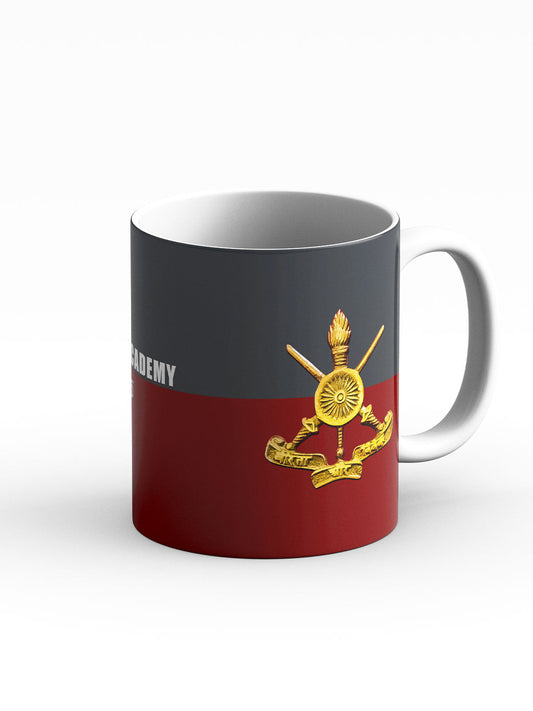
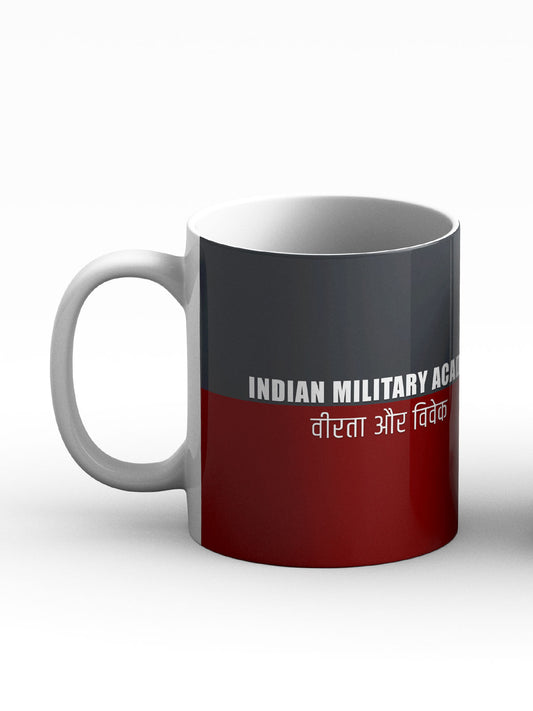
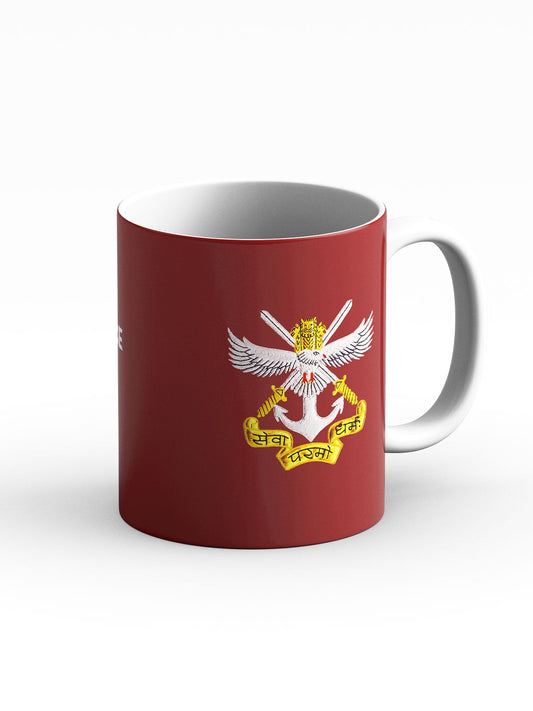


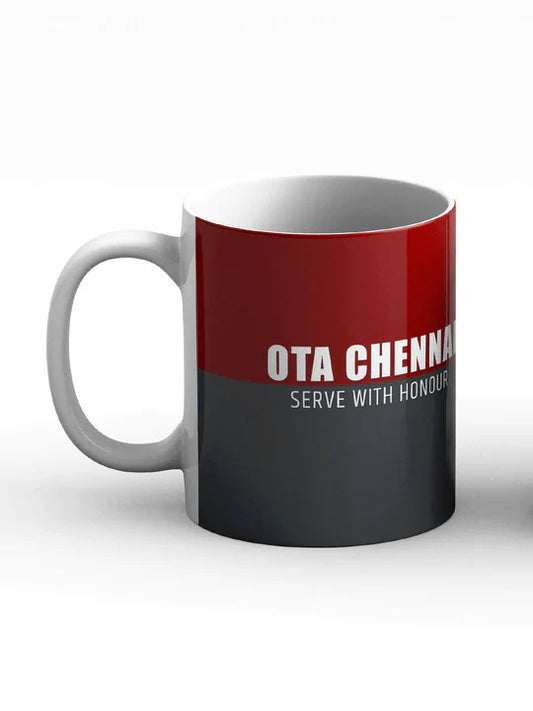




![Thematic Apperception Test (TAT) Part 1 eBook [100+ Stories]](http://shop.ssbcrack.com/cdn/shop/files/TAT-ebook-part-1-ssbcrack_051ae49c-43ea-4eb4-95c7-0fa0bfa2a639.jpg?v=1735540406&width=533)









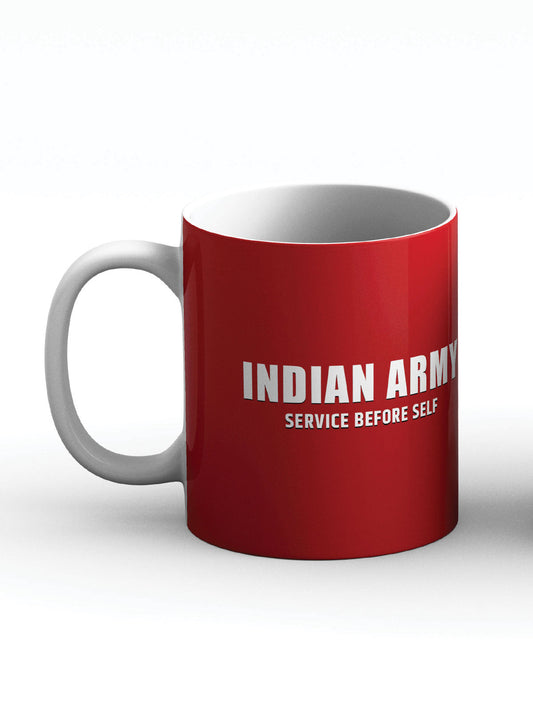

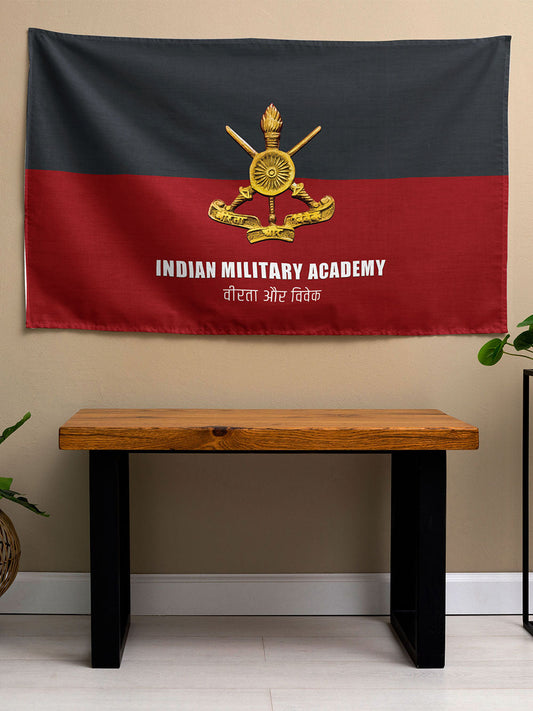

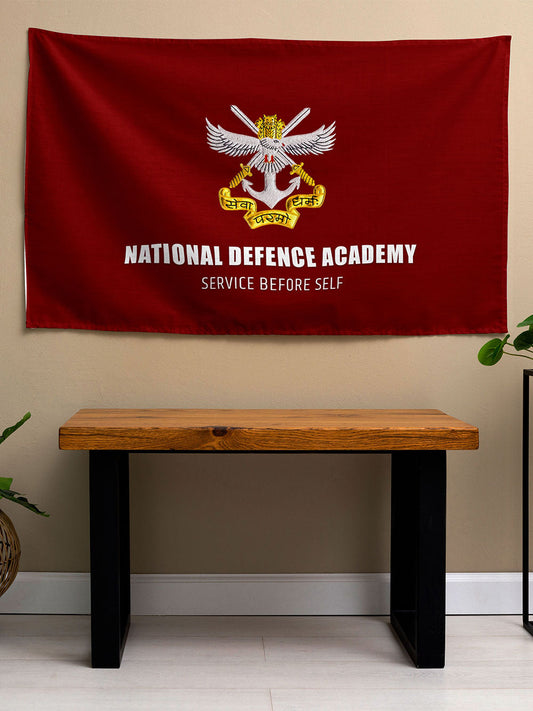
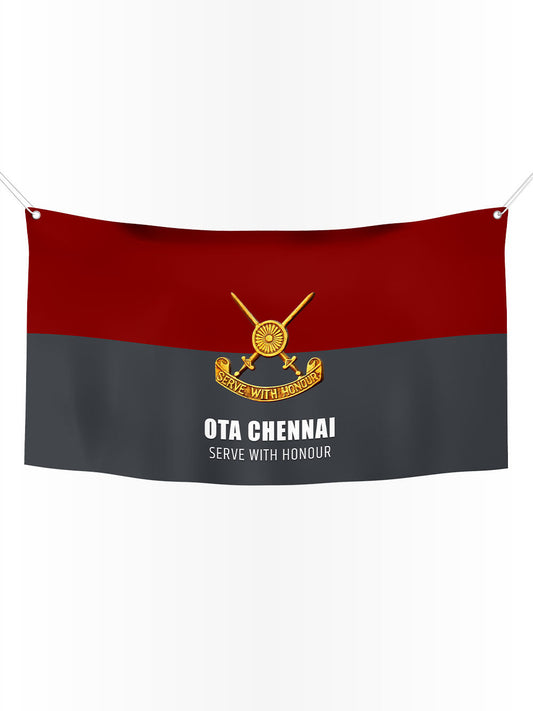
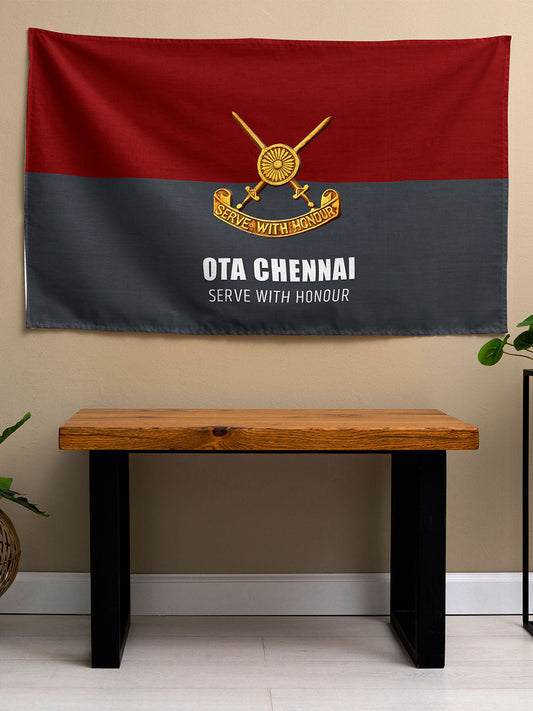

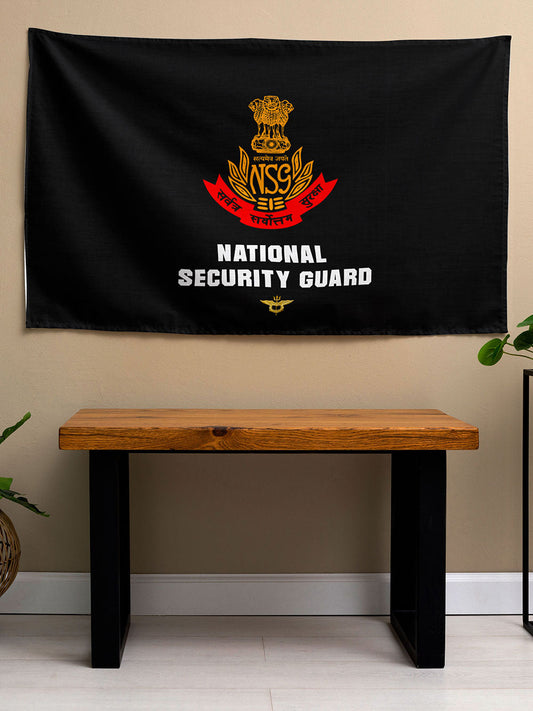

11 comments
This blog is giving exaggerated figures, the staring salary is same for IAS, but the IAS move ahead much faster, allowances are a compulsion of service conditions and are not and cannot be counted towards salary. The Armed Forces are made to retire much earlier and face hostile service conditions and death which no IAS faces. The Modi govt favours the IPS ver the Armed Forces, having a unqualified IPS as the NSA, is a joke of sorts.